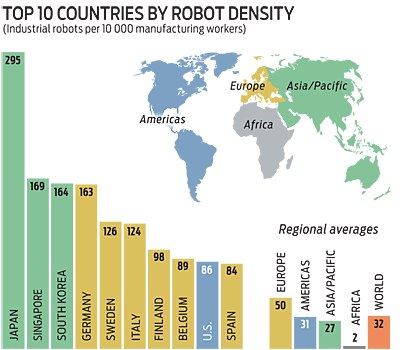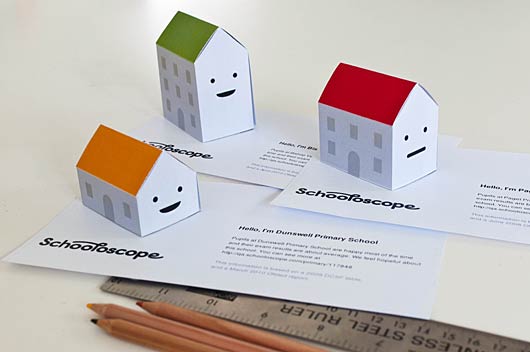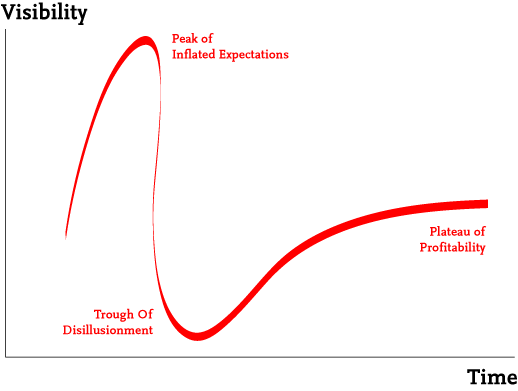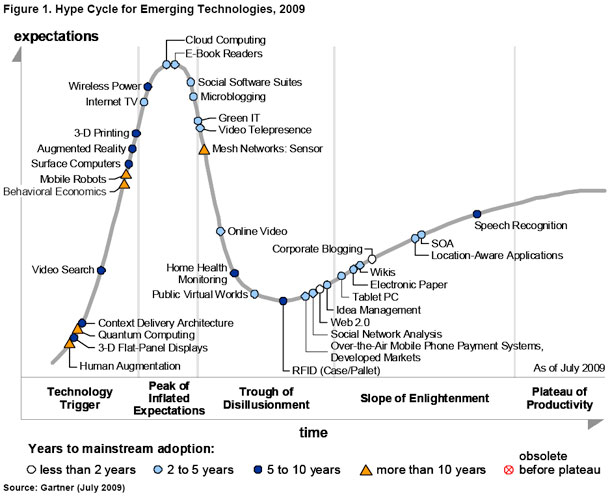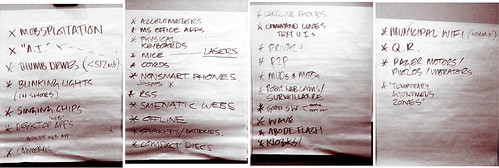One emerging trend on the internal mailing list has been a steadily growing number of threads about robots – covering both big mechanical things, and also more domestic models, and even (as in the case of Barbie below), barely-bots. Time to start gathering those up!

Gadgetwise point out the Barbie Video Girl Doll. It’s a Barbie doll, with a video camera embedded in it, so you can make movies pointed from her point of view, and a slightly immersion-breaking screen in her back. You can also transfer videos off the doll via a USB connector. And, as the Gadgetwise article point out, “because the doll can be posed, she doubles as a pretty good tripod.”
It’s more than just a doll because it’s a sensing object, albeit not a very smart one. Still make it walk and you’d have something not unlike a telepresence robot for kids.
The Wall Street Journal last week covered Autom – a robotic weight-loss coach. Weight-loss programs could be just be software applications, but the vaguely anthropomorphic robot perhaps adds a layer of reassurement and engagement:
Autom also uses social cues to seem more lifelike, a big psychological difference from working with a static computer screen. She blinks her eyes, turns to look at who she’s talking to, and ends conversations by saying, “I hope we can talk again about your progress,” in a female voice.
From the end of 2008, it’s a map of the top 10 countries of the world by Robot Population Density, as part of this IEEE Spectrum article. Of course, it’s very specifically talking about industrial robots, but it’s an eye-opening set of figures nontheless.
And finally, some fictional robots – namely, this gorgeous set of illustrations for a Russian children’s book from 1979, entitled Your Name? Robot.
